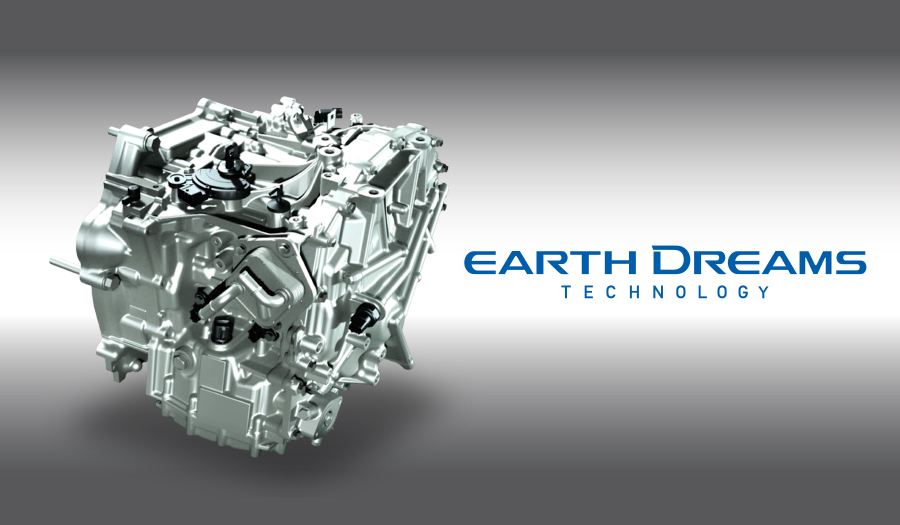Honda dreams big with Earth Dreams Technology


The third-gen Honda Fit, released last summer, features the fun-to-drive and fuel-saving Earth Dreams Technology. Photo by Benjamin Yong.
You may have heard the three curious words referenced in a recent advertisement or car review, or seen it engraved on a small badge affixed to the top of a Honda engine: Earth Dreams Technology (EDT). Just the name alone makes it seem very environmentally-friendly and progressive, even without knowing what it means. But really, what does it mean?
Debut
Introduced in Japan in late 2011, Honda then announced it was developing a crop of vehicles utilizing the so-called EDT, defined as a set of advancements focused on the dual need to protect the environment and provide a joy of driving. A fair comparison would be Skyactiv Technology created by Mazda, where new models, like the Mazda6 sedan, have been engineered from bumper-to-bumper with similar qualities in mind.

The exact wording from Honda’s official news release reads: “‘Earth Dreams Technology’ is a next generation set of technological advancements which greatly enhance both driving performance and fuel efficiency at a high level, using as its base advanced environmental technologies to pursue the joy of driving unique to Honda. It is a series of measures in which efficiency of internal combustion components including engine, and transmission, as well as electric-powered motor technology, is further improved.”
Components
There are six key components of EDT, all reinforcing the dual need discussed above.
- A gasoline engine that achieves optimum driving performance and fuel efficiency
- A compact diesel engine that achieves top-of-class acceleration and fuel efficiency
- A continuously variable transmission (CVT) that combines a high level of driving fun and fuel efficiency
- A two-motor hybrid system that achieves industry-leading efficiency
- A high-efficiency, high output electric SH-AWD hybrid system that combines superior driving and environmental performance
- A compact, high-efficiency electric powertrain for EVs

Powertrains
One of the most recognizable powertrains taking advantage of EDT is the 1.5-litre, four-cylinder i-VTEC engine found in the 2015 Honda Fit. Redesigned to be lighter and operate with less friction than before, the motor now makes 11 per cent more horsepower and 7.5 more lb-ft of torque, bringing the total numbers to 130 and 114, respectively. That’s an improvement of 13 hp and 8 lb-ft. When paired with the CVT, also undergoing changes in the form of a wider ratio range and reduced internal friction, the estimated fuel economy rating on the LX trim dip to 7.0 L/100 km in the city, and an anemic 5.7 L/100 km on the highway.
EDT isn’t reserved for just tiny powerplants in small hatchbacks — the third generation Honda Pilot mid-size crossover SUV, on sale July 31, will use the technology in its 3.5-litre, V6 i-VTEC engine producing 280 hp and 262 lb-t of torque.



